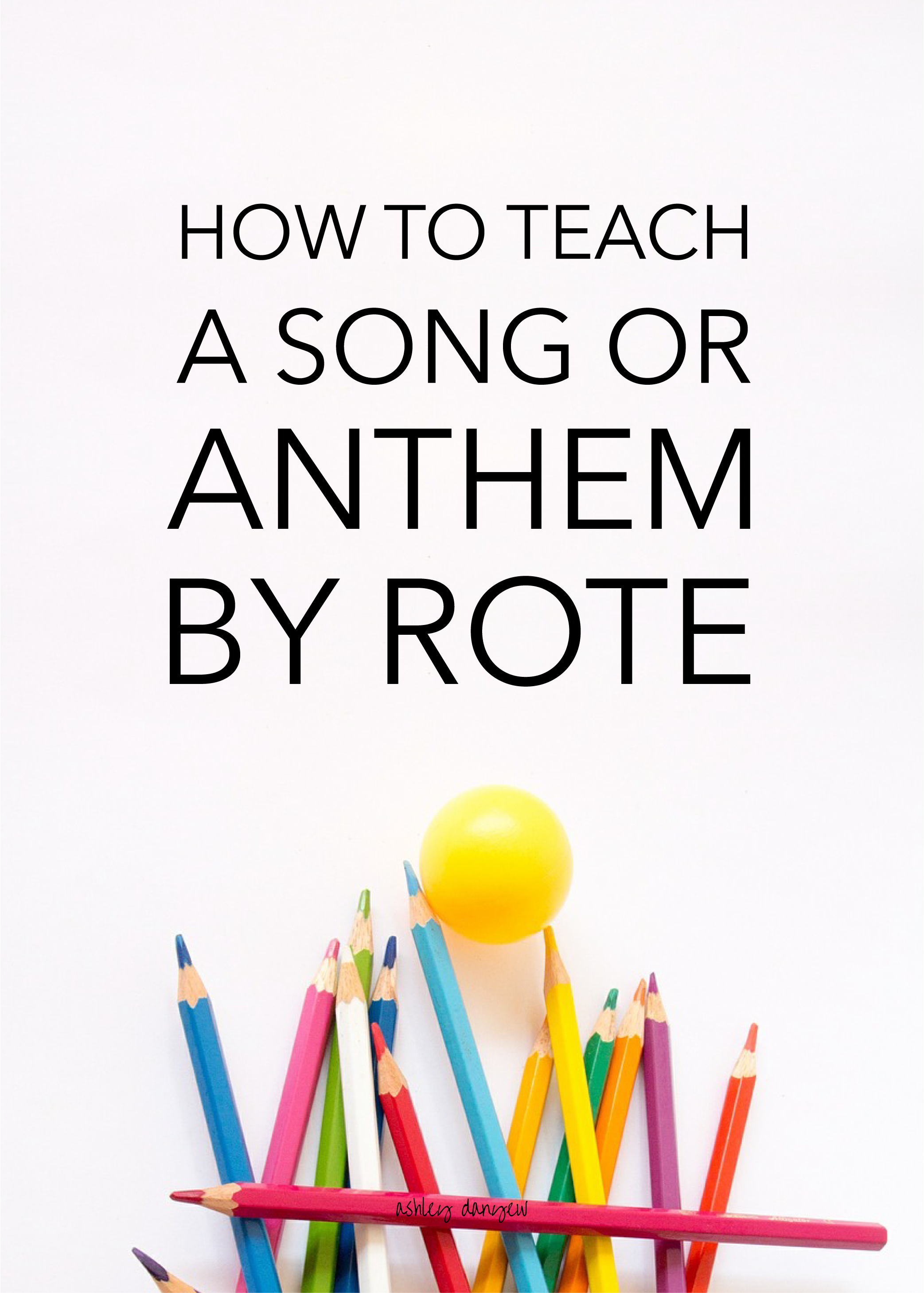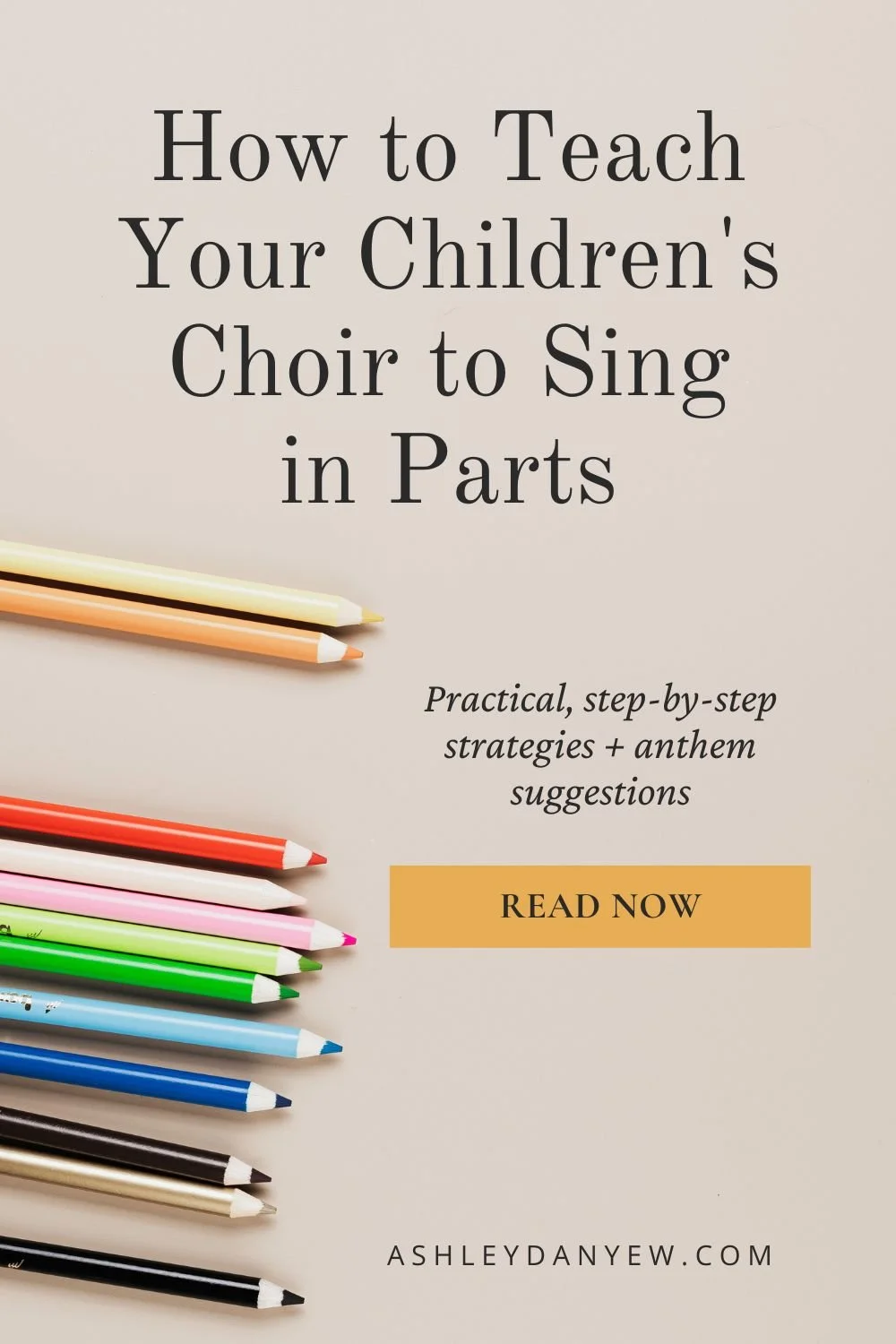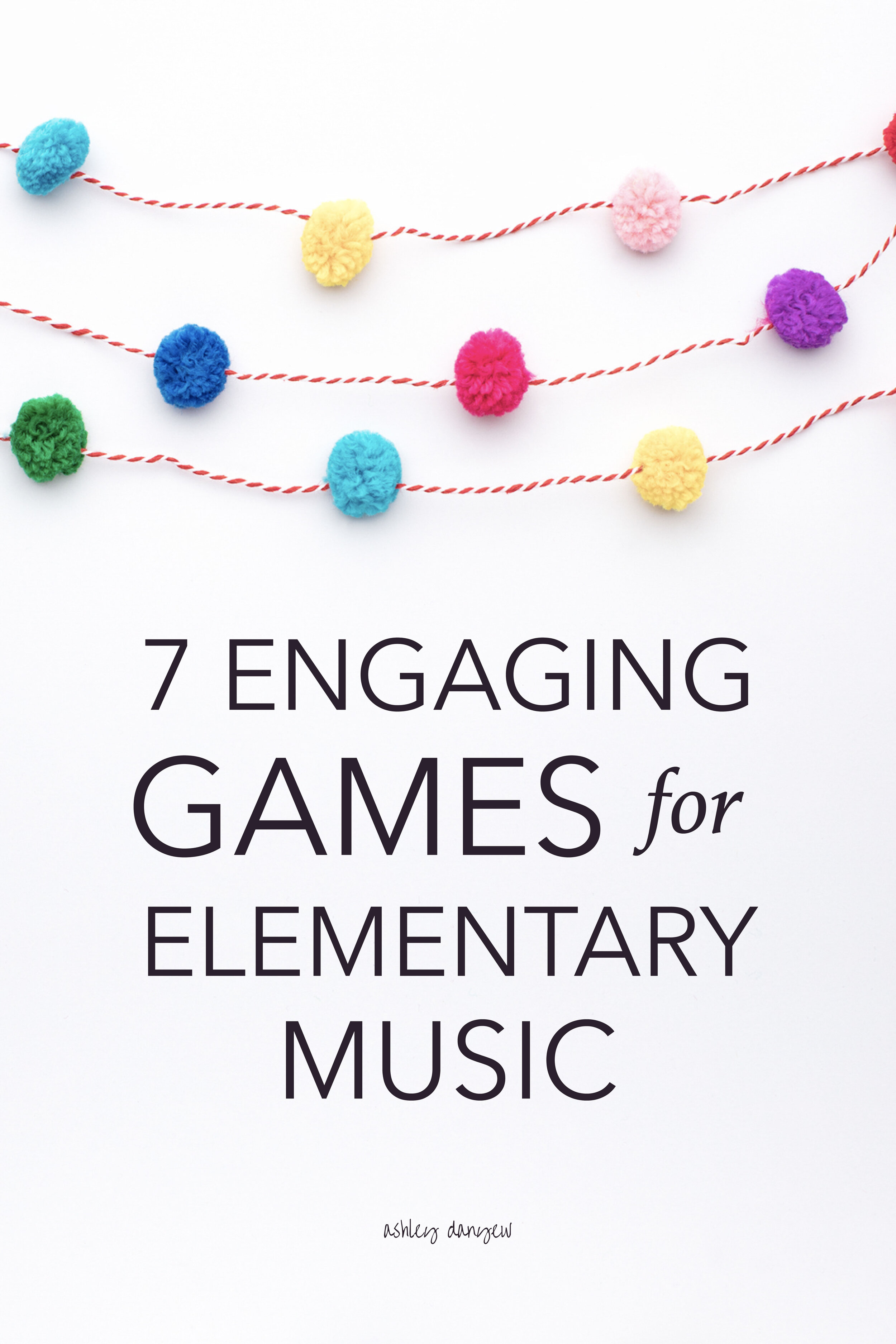Working with young singers can be such a fun and rewarding experience, but it can be challenging to teach a new song or anthem to children who aren't yet reading (words, let alone music!). What do you do? How do you teach something new, quickly and effectively?
For children who are not quite reading, rote teaching is a valuable and effective tool.
What is Rote Learning?
Rote learning is based on imitation and repetition. This is how young children learn best: Hearing, seeing, and experiencing things over and over again.
If you've spent some time around young children, you know one of their favorite words is "again"—"do it again," "read it again," "sing it again," etc. This is how we learn.
When teaching music (an aural art form), it's important to help children develop their listening skills and auditory memory from the beginning. Teaching by rote is a great way to do this.
“Teaching [children] by rote (i.e. by imitation without extensive reference to the score) allows [them] to develop their ears, technique, and memory without the added complication of reading the notation.”
(source)
Teaching By Rote
Since rote learning is based on repetition, it's important to think about ways to prepare, introduce, and reinforce new musical concepts over several weeks.
Spend some time studying the music you plan to teach - you'll be able to teach it much more effectively if you know it really well. Remember, since the children aren't looking at the music, they'll be focused on you. You'll be able to keep them engaged and teach more effectively if your head isn't buried in the score, so I suggest memorizing the piece.
Think about ways to prepare new concepts such as melodic or rhythmic patterns, dynamics, meter, etc. in advance. Can you work them into warm-ups? Can you incorporate some of the new rhythm patterns into your gathering activity?
Prepare new musical concepts without drawing too much attention to what they are, initially. Simply have the children experience the new meter, echo the rhythm or melodic pattern, or explore the dynamic changes in some way.
By the time you introduce the song or anthem a week or two later, some elements will already be familiar to them.
Your guide to creating engaging rehearsals.
Planning and being prepared for rehearsals is so important! In this seminar, you’ll learn what to include in each rehearsal and how to prepare, and glean some best-kept rehearsal secrets for pacing, sequencing, and fun (musical) games and activities.
5 Steps to Teaching a Song or Anthem by Rote
Here are a few quick and easy strategies for teaching a song or anthem by rote:
1. Use the Whole-Part-Whole Sequence
Sing the piece in its entirety (from memory, if possible) before breaking it into patterns and phrases. Encourage the children to keep a steady beat and/or sway as they listen. Once the children have heard the whole piece, work section by section and piece back together into the whole.
2. Chant the Rhythm
Keep a steady beat on your lap and have the children imitate. Chant the rhythm, phrase by phrase, on a neutral syllable such as "bah" or rhythm syllables such as "ta" and "ti-ti," if you've introduced them and have the children echo you for each phrase. Repeat, as needed. Talk about patterns that are the same versus patterns that are similar, but different.
3. Sing on a Neutral Syllable
Establish tonality on the piano (play a I-IV-V7-I sequence in the key you are singing in) or by singing a broken triad: 1-3-5-3-1-5-1. When first introducing parts of the piece, sing on a neutral syllable such as "doo" or "bum" or solfege, if you've introduced it. Start with 2-measure patterns, call and response, then work up to 4-bar phrases. Repeat, as needed. Use visuals to help with intervals, direction of the lines, phrasing, etc.
4. Speak the Text
Speak the text, phrase by phrase, and have the students echo back. Emphasize words that we sing differently than we speak (e.g. "ever" vs. "ev-ah"). Spend a few minutes talking about what the text means and explaining any words that may be unfamiliar (turn this into a devotional moment in the middle of your rehearsal). If the children are learning to read, post the text somewhere in the room where everyone can see it. Even if the children aren't reading yet, consider using pictures to help them remember the words and guide them through the piece.
5. Sing Phrases, Call/Response
Once you've introduced the musical phrases (rhythm and melody separately) and read through the text, sing a phrase or part of a phrase with text (a cappella, if possible) and have the students echo back, call/response style. Start with 2-measure patterns or 4-bar phrases and work up to longer sections. Repeat, as needed until children are secure singing the phrases on their own.
Learn how to lead and teach your children’s choir, creatively and confidently.
Join me in Directing a Church Children’s Choir 101,
a 4-week online training program geared specifically toward children’s choir directors in church settings.
I’d love to hear from you:
Do you use rote teaching in your choir? What strategies have you found to be most helpful?








































